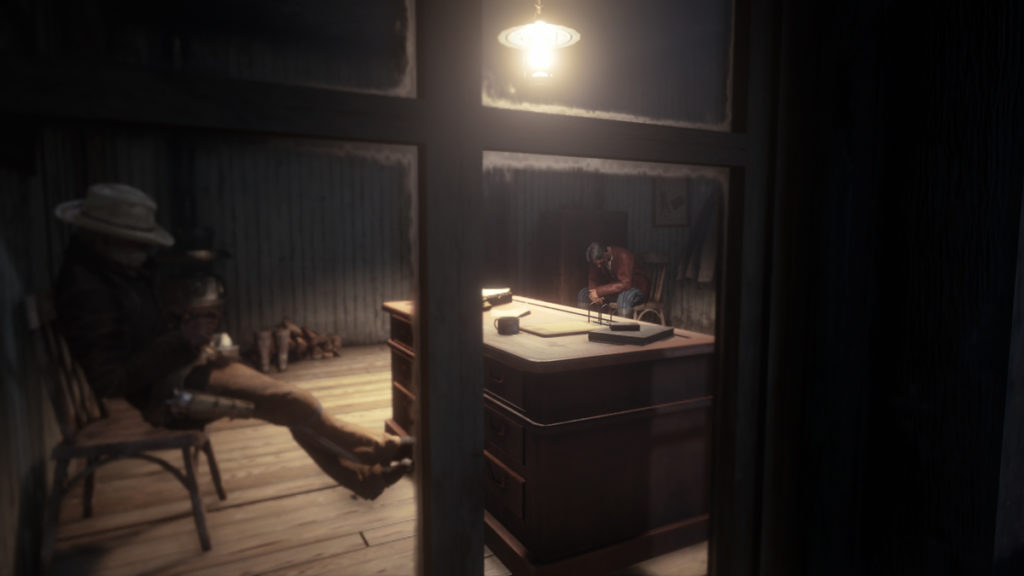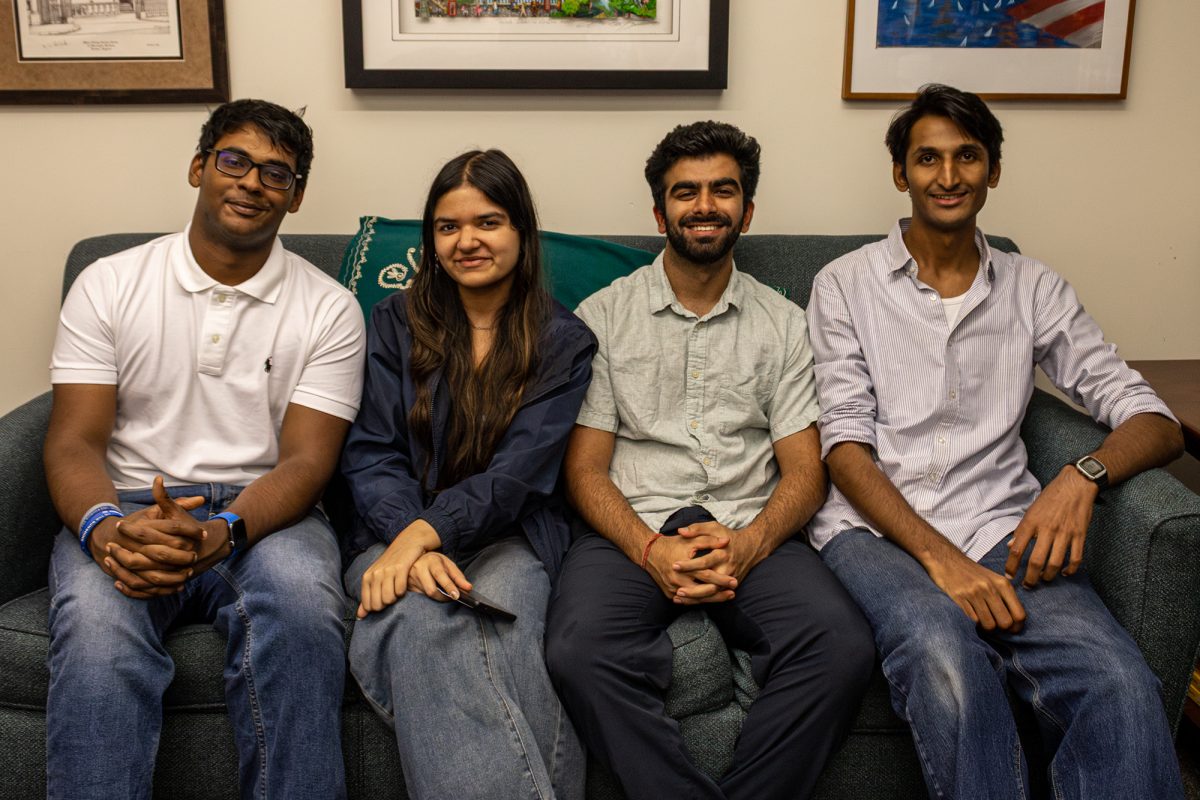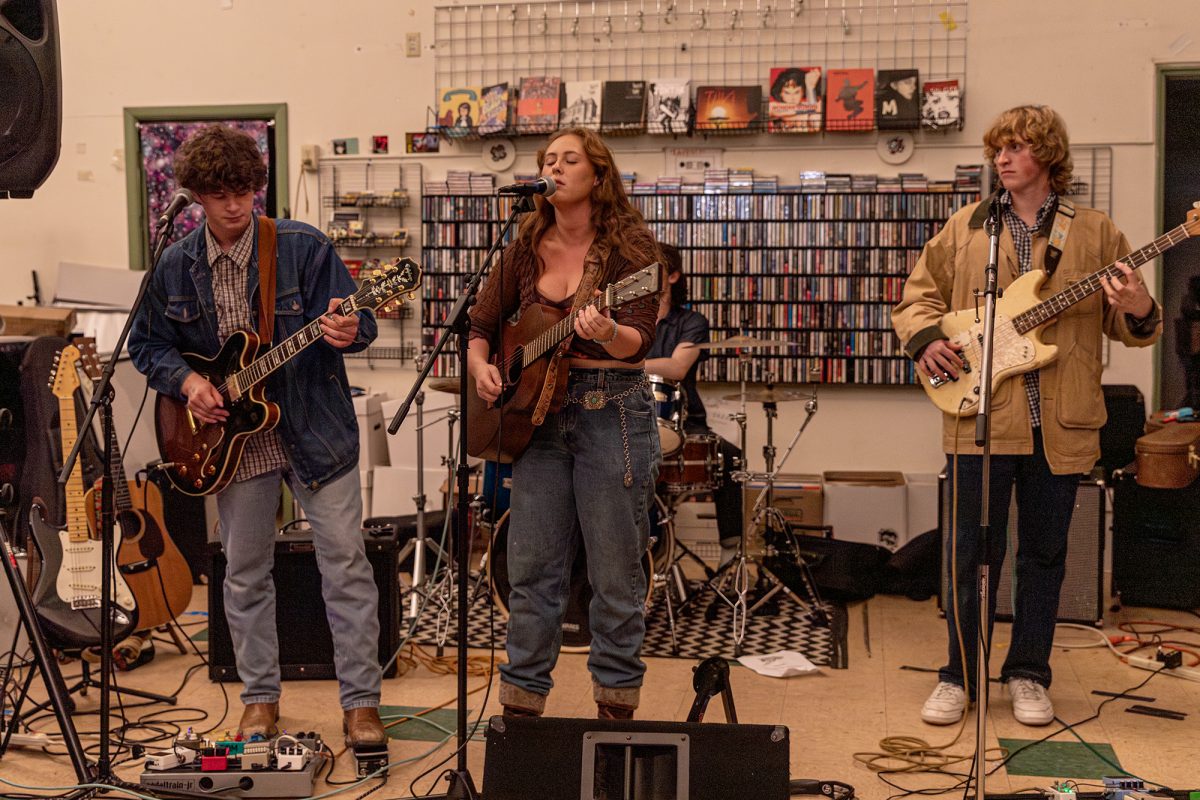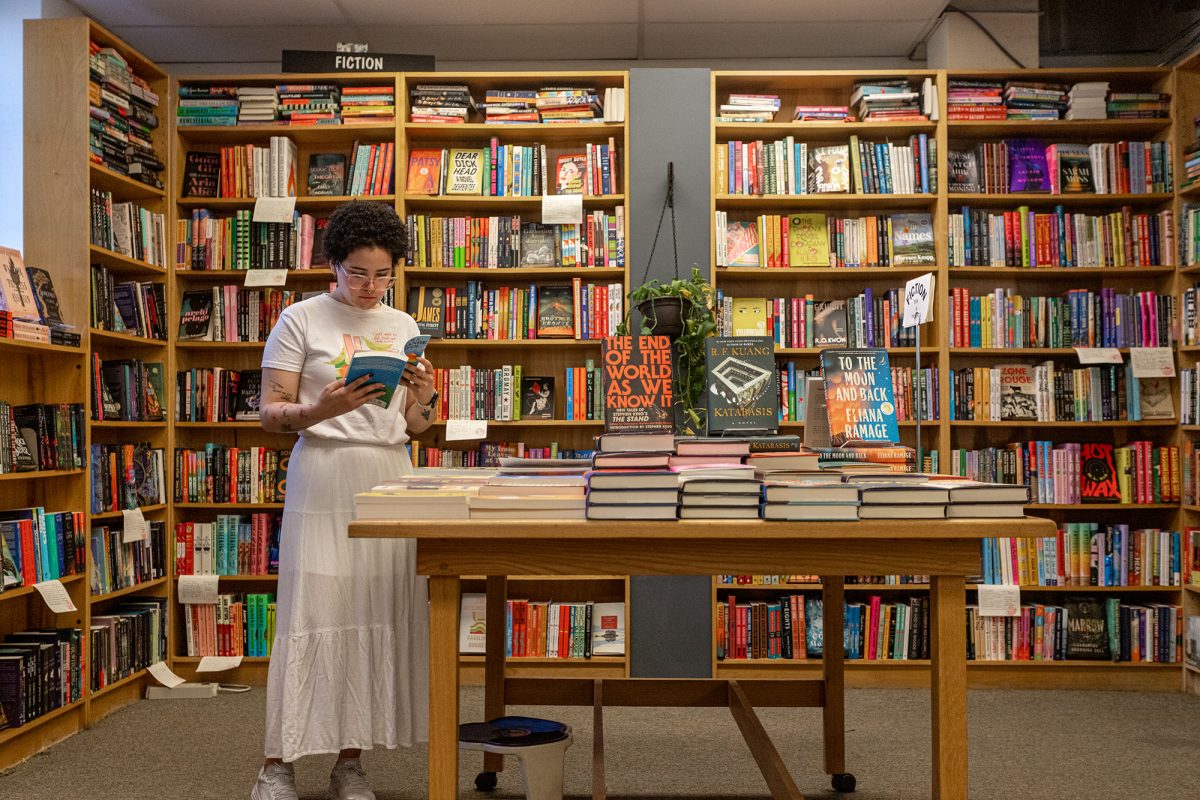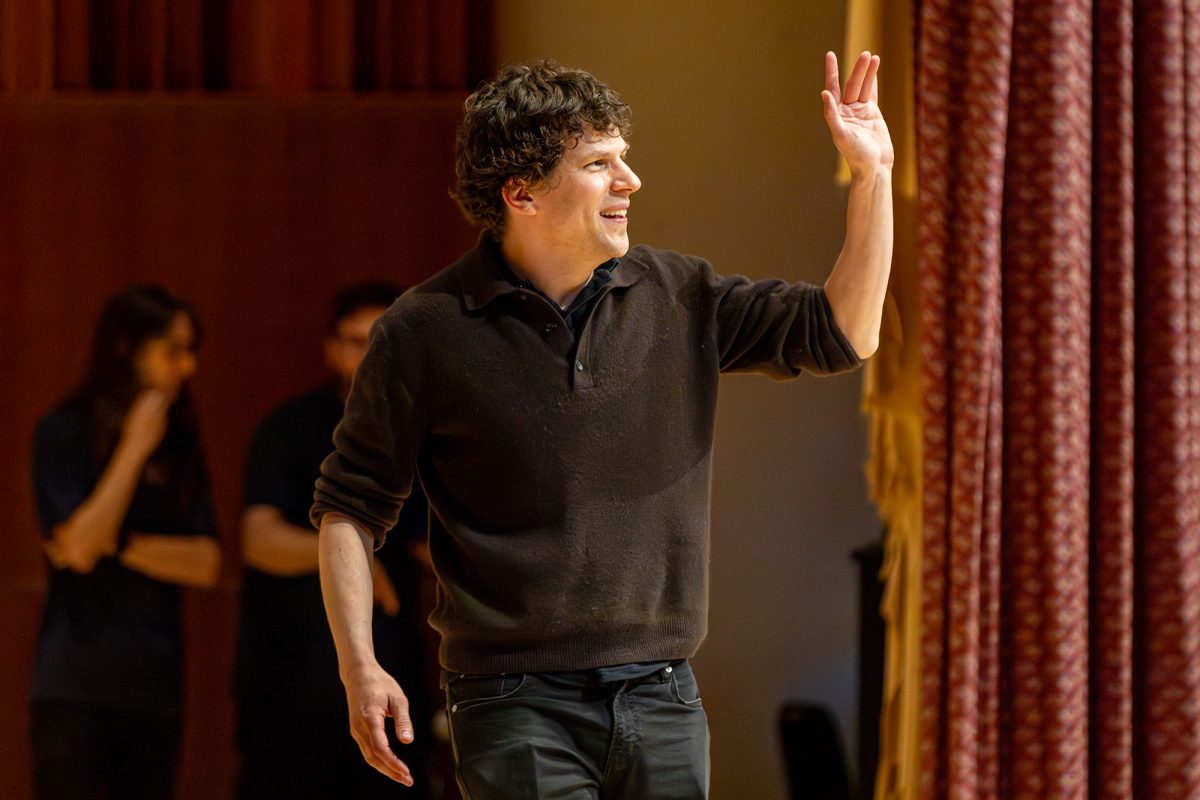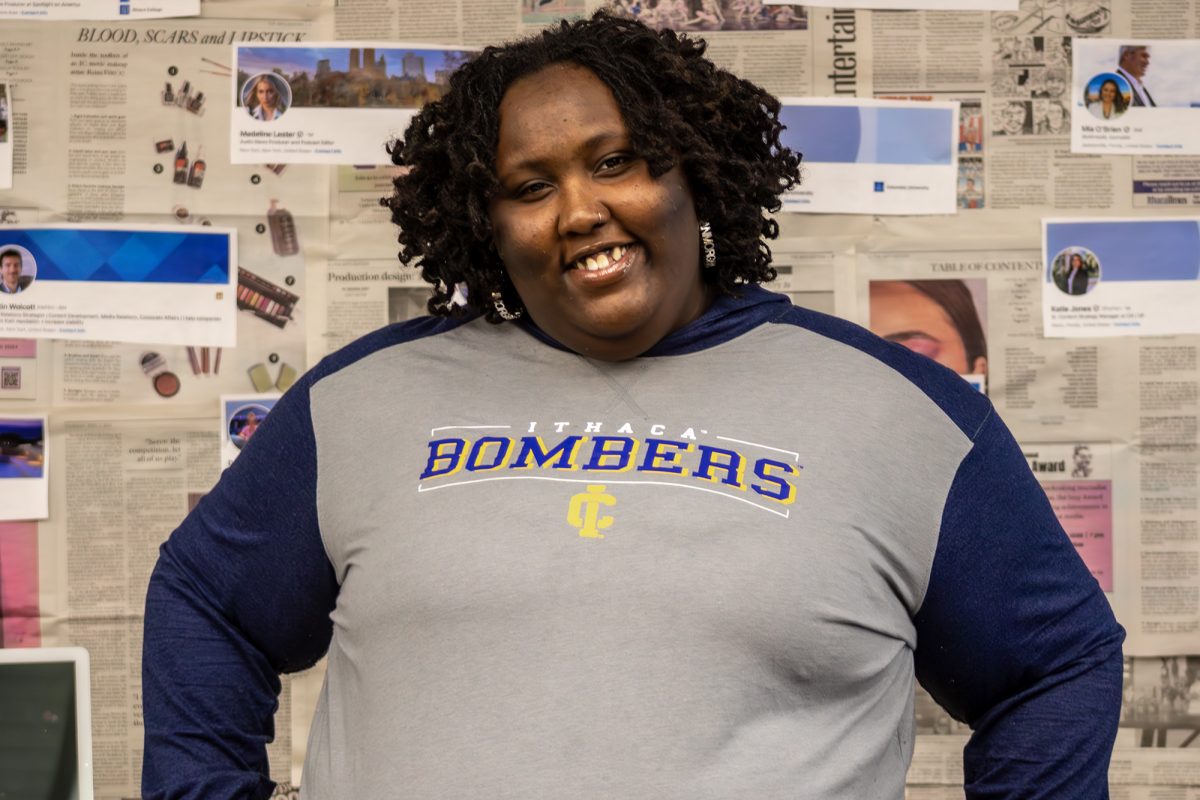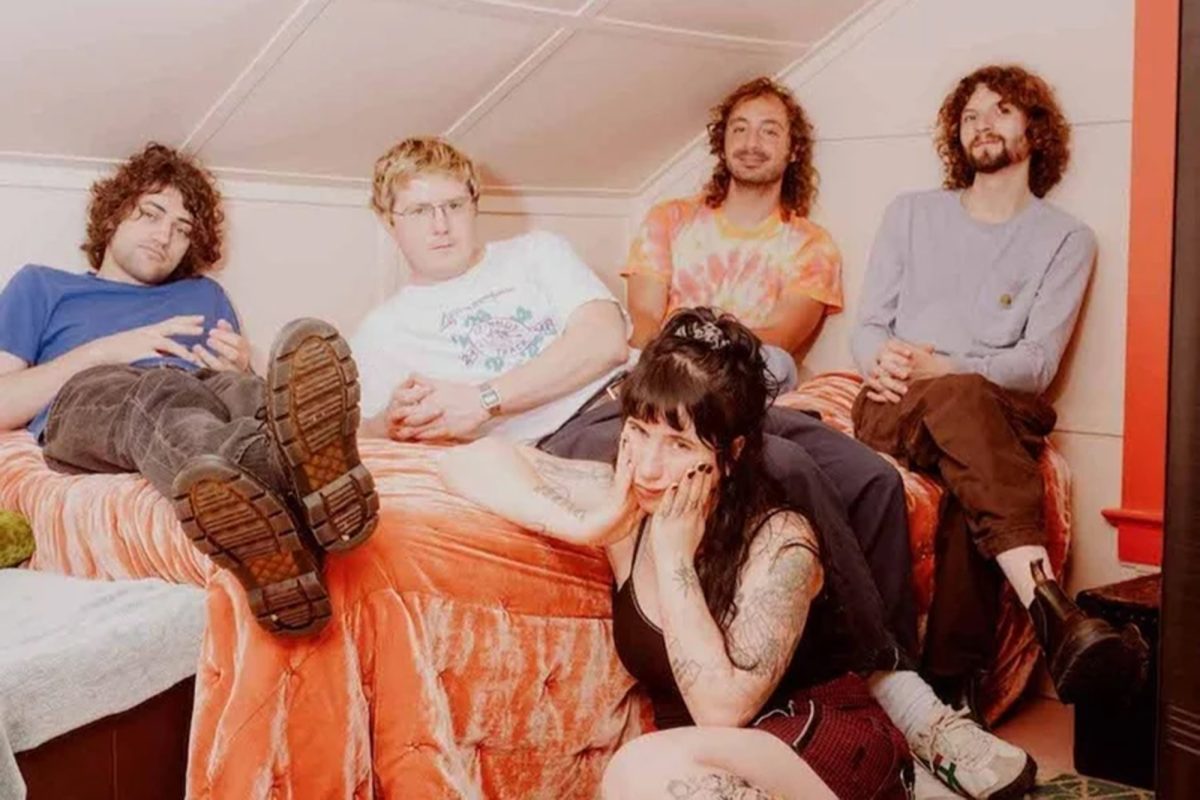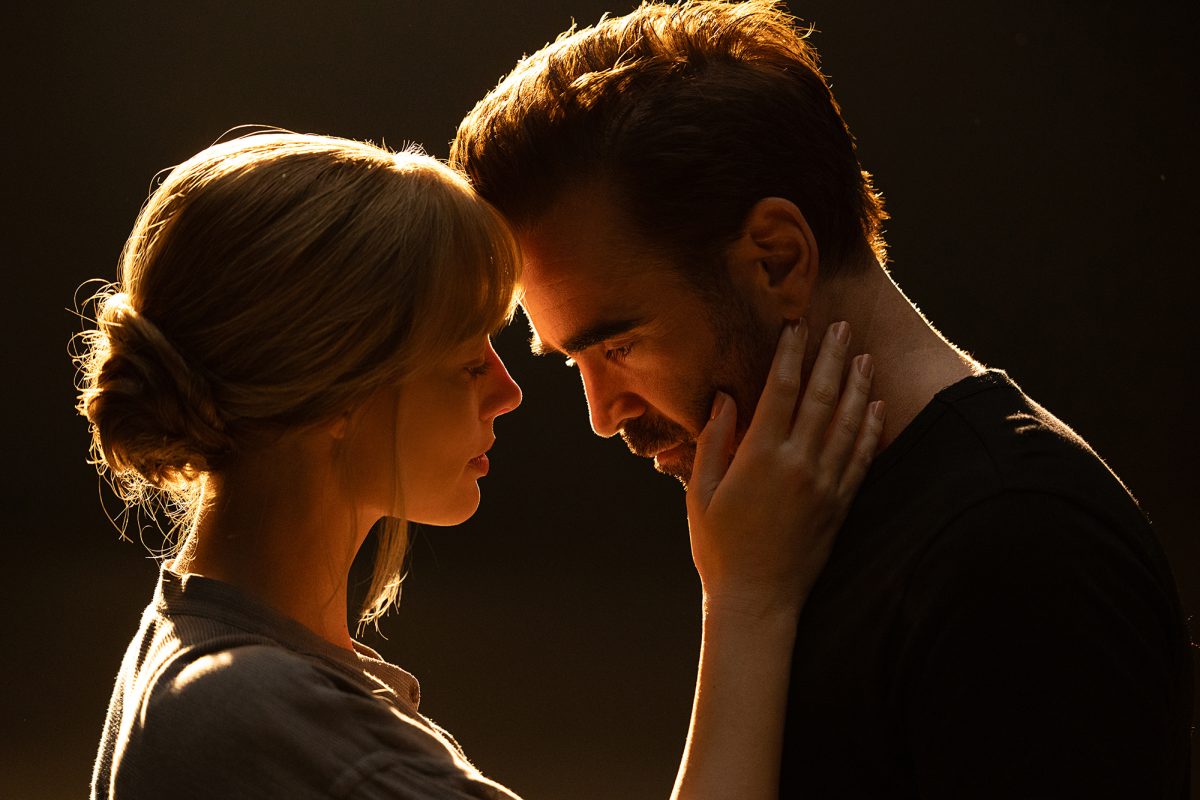With a click of the button, Ithaca College sophomore Will Walberg captured a photograph of an old man fishing on a lake. The man stood next to his horse as the colorful horizon and cumulus clouds reflected in the water’s surface. Although the photo looked like it was taken in real life, it was actually taken inside “Red Dead Redemption 2,” a single-player Western video game.
While quarantining in April at home in Chicago, Walberg, a cinema and photography major, used photo mode in video games to take photographs with a real-life quality. Walberg took these photos for his Introduction to Photography final project by applying the techniques he learned in class inside the virtual world.
“Being online hurts the motivation to go out and do stuff, and it was the heavier part of lockdown,” Walberg said. “There were not a whole lot of opportunities for my final project.”
Photo mode is an aspect of video games that allows players to capture a picture of their adventure. In “Ghost of Tsushima,” a game Walberg also took photos of, players have the ability to change the weather and the time of day, a feature of the game that affects the lighting. Other elements that can be changed are the speed and direction of the wind, falling leaves or pollen, and the positioning of a character’s cape, creating one of the most complex photo modes to date.
Because his final project was announced during quarantine, Walberg found he did not have many opportunities to take photos of people. On his Instagram photography account, Walberg often posts portraits. Because he was already familiar with the photo mode by playing video games, Walberg said he had the idea to use these virtual photos for his final project.
“A lot of the responses were just disbelief that the pictures I was showing were from a video game,” Walberg said.
In the early 2000s, games like “Gran Turismo 4” and “Halo 3” popularized the feature. With popular releases like “Spider-Man,” the “Assassin’s Creed” franchise and “Super Mario Odyssey” adding photo mode, the feature became more mainstream within the gaming community. Players were given a different way to creatively interact with the game’s virtual universe.
Walberg is far from alone in his exploration of this aspect of the game. Approximately 155,000 Reddit users have created a community on the subreddit r/SpidermanPS4, created in 2016, where they post photos they have taken inside the game on PS4 using photo mode. The PhotoMode, a free, monthly magazine, also showcases approximately 50 pages of photos taken in video games. Every photo includes a caption from the photographer about their vision for the picture. The magazine includes photos from games like “Days Gone” and “God of War.”
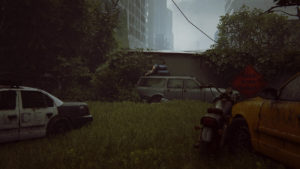
The social aspect of video games and features like photo mode offer a level of creativity for players, said Leah Williams, a tech and entertainment writer who specializes in video games and pop culture at Kotaku Australia and Gizmodo Australia. “Ghost of Tsushima” is the most modern example of this, as its expertly crafted visuals and shooting styles create photogenic moments that users will want to share.
“Photo mode will continue to become a tool for socializing with gaming at its center,” she said via email. “It’s a great way for sharing memories and moments with friends, and it’s sure to be a popular tool for the next generation of games as video game graphics and narratives evolve in the future.”
Walberg said that he has seen people post pictures from video games on platforms like Twitch and YouTube as a way to share their creative perceptions of the games they love.
“What I enjoy about using photo mode is not so much taking pictures of the character that you’re controlling but the open world that the developers create,” Walberg said.
Walberg said the freedom of photo mode can also be an obstacle to using the feature because it is not constrained by reality. He limited himself to taking pictures in ways he could replicate in real life, like setting his virtual camera at a street corner, peering in a building through a window or standing on top of a roof to capture the scene below. Walberg said the games’ high-resolution images also helped photos to appear as if they were taken in real life.
Walberg said he first turned to Steven Skopik, professor in the Department of Media Arts, Sciences and Studies, about his idea. Skopik taught the lecture section of Introduction to Photography while separate professors taught smaller breakout sections of the class on different days of the week.
“It is a pretty unusual approach to a photo project,” Skopik said. “In that sense, it is really pushing the boundaries. I still kind of struck my chin and think, ‘Hmm, is this a real photograph?’ But in lots of ways, I think they are pretty similar.”
Walberg said that some photo modes in video games have features that match advanced photography tools. However, they are often simplified to be more accessible for players who have not taken photography classes. Walberg said his selling point to Skopik was how photo mode grants the player access to essentially the same parameters photographers have, even though they are created on the computer. In the games, players have the option to change the aperture, alter the depth of field and move around within the world in a way that corresponds to what a photographer does when they frame a shot.
“I had to explain to [Skopik] that it’s not pausing the game and taking a screenshot,” Walberg said. “I can change the focus lens and move around within the open world.”
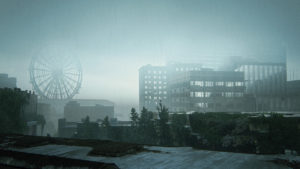
Once Skopik approved, he told Walberg to pass his idea onto Michael Lewis, assistant professor in the Department of Media Arts, Sciences and Studies, who taught Walberg’s smaller section of Introduction to Photography.
“He seemed sheepish when he first approached me about it, almost working out of the assumption that I would say, ‘Yeah, you can’t do that,’” Lewis said. “If it was not for us being at our respective homes, I don’t think he would have asked if he could pursue it.”
In Lewis’ class, students needed to demonstrate their ability to shift focus from the foreground to the background while operating a camera. In photography, the foreground is the part of the image closest to the camera, while the background is the part farthest from the camera. Walberg said photo mode allowed him to do this, as well as change the aperture of his virtual camera to adjust the exposure. This makes a photograph look lighter or darker.
Pictures from Walberg’s final project were posted on the college’s photography Instagram page. In September, the page dedicated another post to Walberg’s virtual photographs, which focused on the narrative of “Ghost of Tsushima.”
Walberg said he thinks “Ghost of Tsushima” is a step in the right direction for the future of photo mode. He also said that he likes virtual photography as a hobby but that editing videos is what he hopes to pursue as a career.
“There would be other games like ‘The Witcher 3,’ which would be such a perfect game because of the open world and beautiful graphics, but it doesn’t have it,” he said. “Now, almost every open–world game has a camera mode.”
Lewis said he was glad to see Walberg pursue the project.
“He came to the gaming world very knowledgeable but, as a photographer, very new,” Lewis said. “I came to gaming very new but as a seasoned photographer, so it was a very interesting intersection between the two of us.”
[slideshow_deploy id=’38223′]



